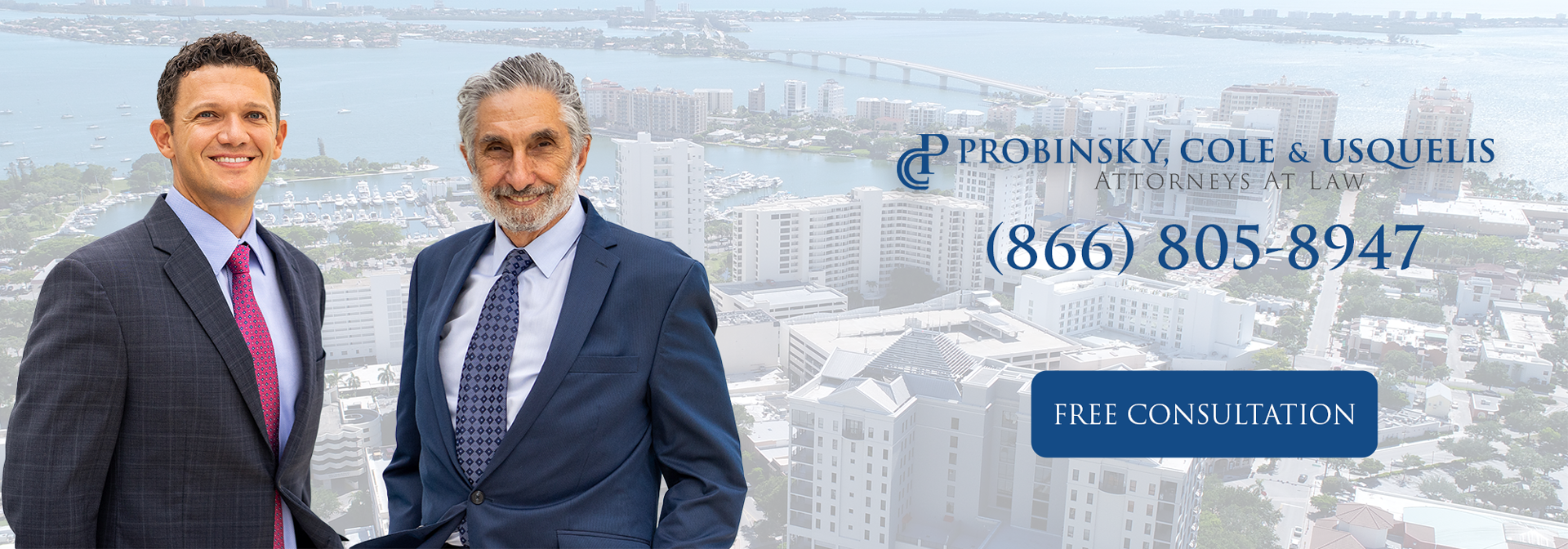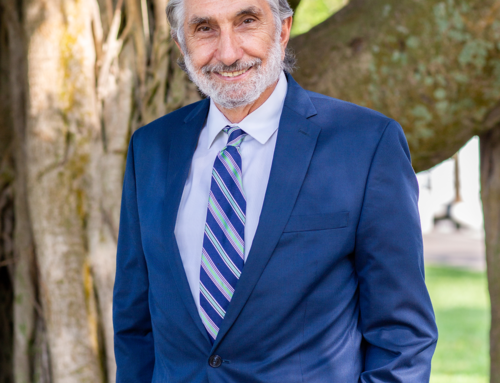Millions of people across the globe face religious, racial, or political persecution on a regular basis. When their own government fails to protect their rights under the law, persecuted people generally have the right to asylum in a country that can protect them. (1951 Geneva Convention Relating to the Status of Refugees)
IMPORTANT: Asylum applicants are required to prove a well-established fear of persecution based on race, political opinion, nationality, or religious affiliation.
Asylum Rules in the United States
Countries in Western Europe and North America are the best known for providing asylum. The United States has traditionally offered asylum, granted by federal law, based on its commitment to human rights. Qualified refugees are permitted to remain in the U.S. for one year under asylum status, and then may apply for permanent residency.
According to the United States Citizenship and Immigration Services (USCIS), there are two ways to apply for asylum in our country.
Affirmative Asylum Processing
To apply for affirmative asylum, an applicant must be physically present in the United States.
- Asylum status is offered regardless of how the applicant arrived in the United States, or their legal status at time of application.
- Applications (Form I 589) must be filed within one year of arrival in the United States, unless circumstances can be verified which delayed said application.
- If the applicant’s case is not approved (and the applicant does not have current legal immigration status) the USCIS will issue a Notice to Appear and refer the case to an Immigration Judge. This judge will conduct a new hearing and issue a decision independent of the decision made by USCIS.
- Affirmative asylum applicants are generally not detained by U.S. Immigration and Customs Enforcement (ICE). Applicants are allowed to reside in the United States while the application is pending before USCIS or the Immigration Judge.
- Most asylum applicants are not authorized to work.
Defensive Asylum Processing
This course of action is relevant if an applicant is requesting asylum as a defense against being deported. Defensive asylum processing requires that the applicant is currently involved in removal proceedings in immigration court. Individuals are placed into defensive asylum processing in one of several ways:·
- Applicants may be referred to an Immigration Judge by USCIS if found ineligible for asylum through the affirmative asylum process.
- Asylum seekers were captured in the United States (or at a U.S. port of entry) without having proper legal documents in their possession, or are found to be in violation of their immigration status.
- Asylum seekers were apprehended by U.S. Customs and Border Protection (CBP) attempting to gain entry into the United States without proper documentation.
- Defensive asylum cases are considered adversarial in nature, and are held in a court room. The judge will consider arguments from the individual, as well as an attorney from Immigration and Customs Enforcement (ICE) representing the interest of the United States.
- If the Immigration Judge finds the individual eligible for asylum, they will be granted a green card at that time. If the claimant is found to be ineligible for asylum, the Immigration Judge will decide whether the individual is eligible for any other protections against removal. If none apply, the Immigration Judge will order the individual to be removed from the United States.
- The decision may be appealed by either party.
The rules and processes involved in applying for asylum can be confusing to new arrivals.
To best navigate the asylum rules and immigration process, hire a Tampa or Sarasota area immigration attorney to represent you. We will explain the process, help with your documentation, and represent you in court if necessary. If you have questions regarding your eligibility for asylum, call Probinsky & Cole today.







